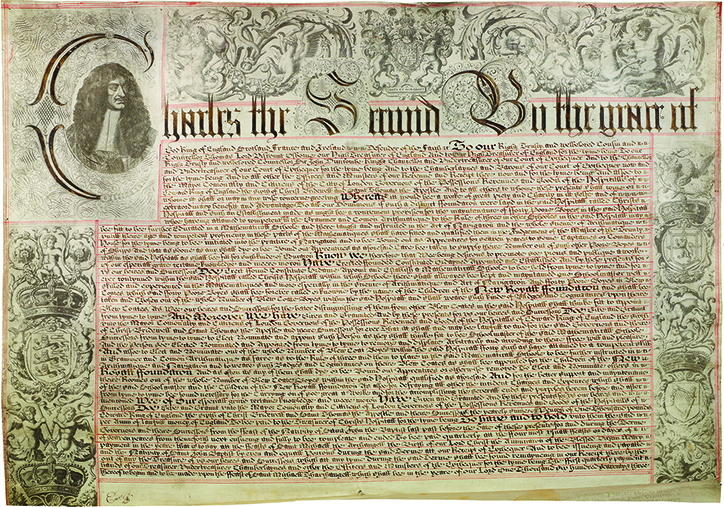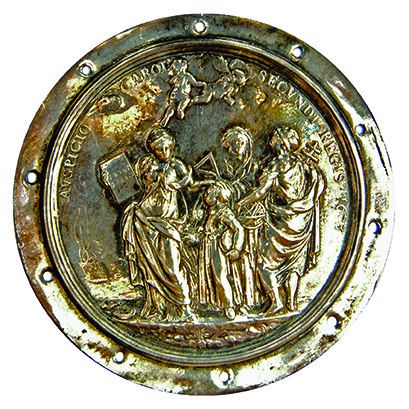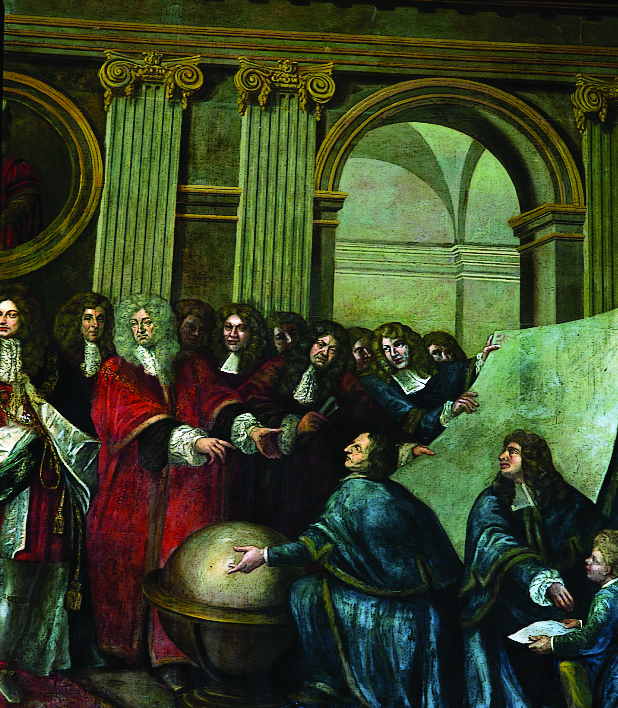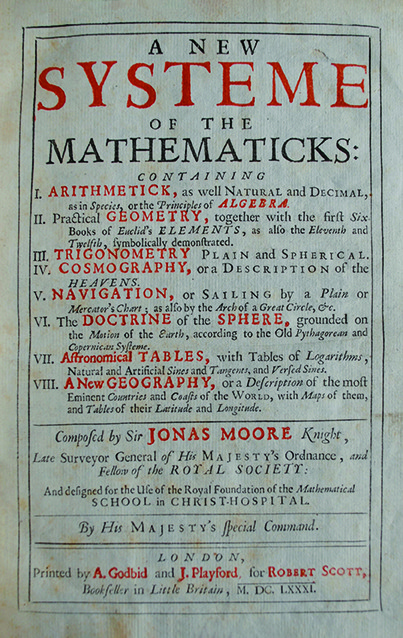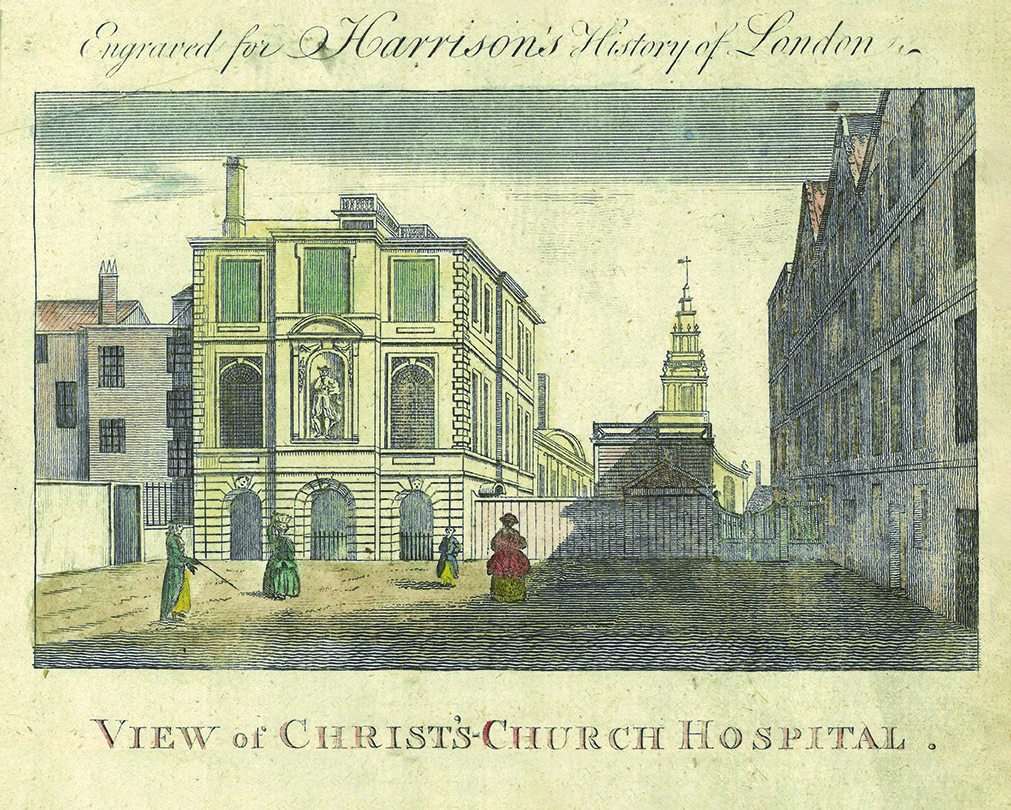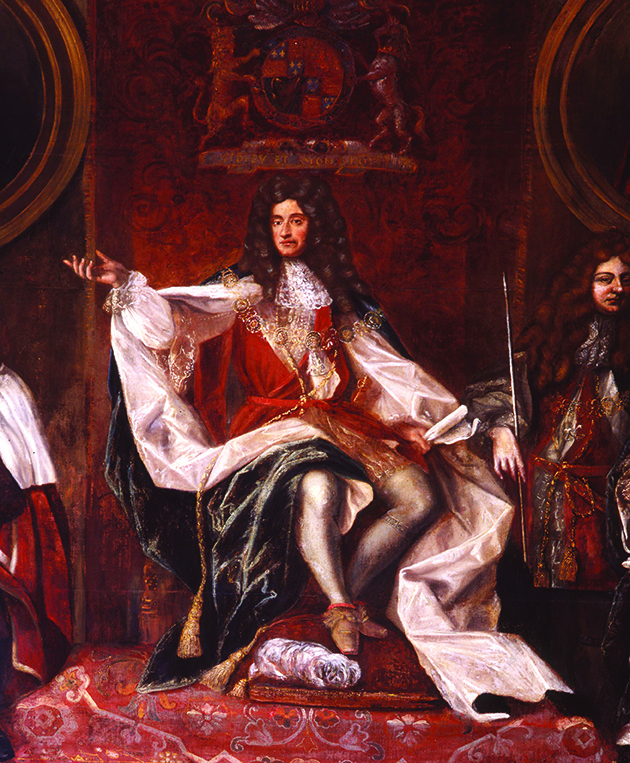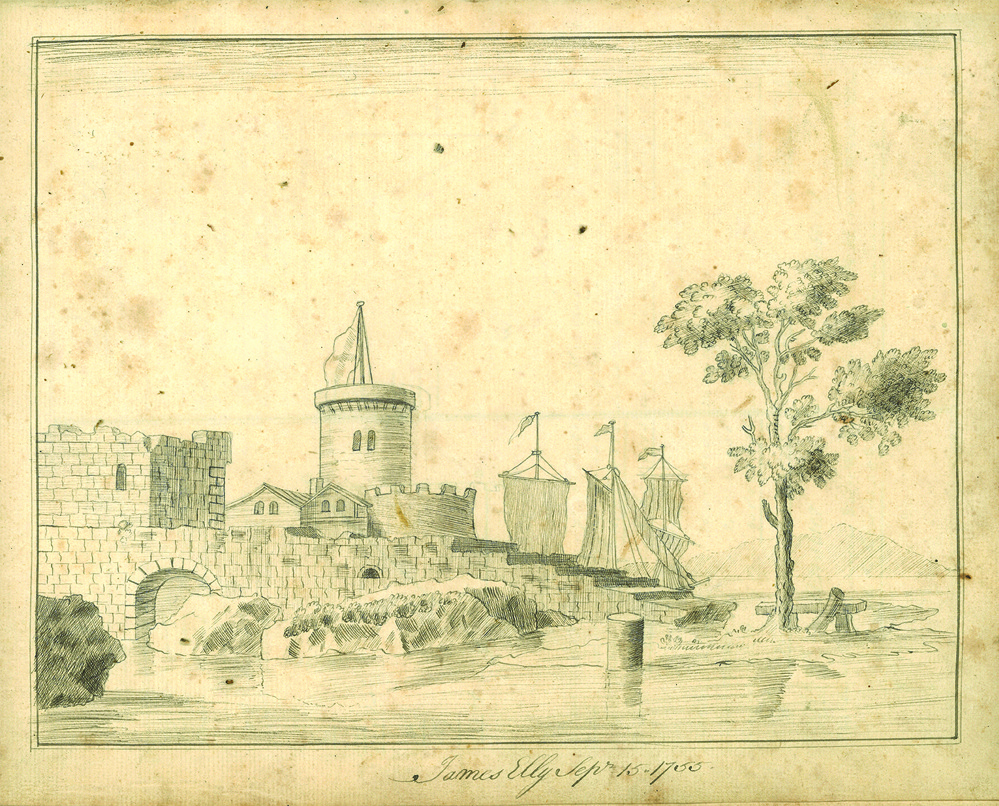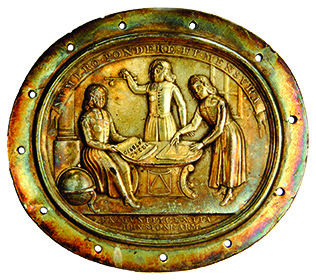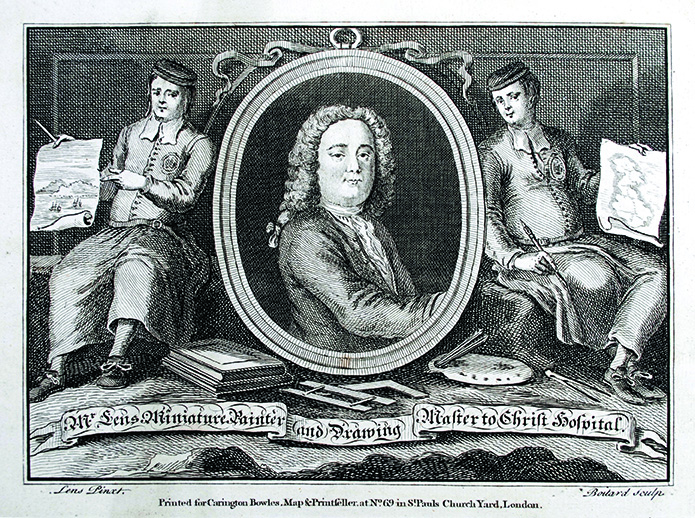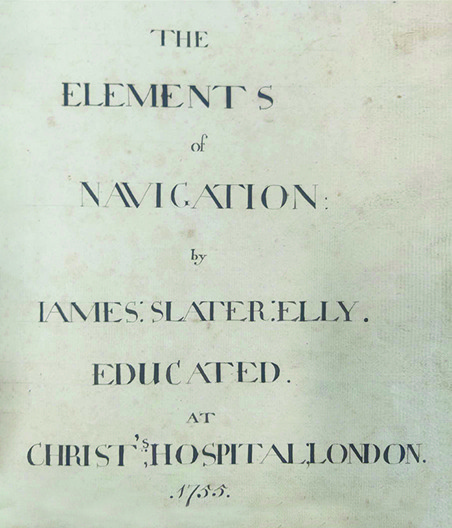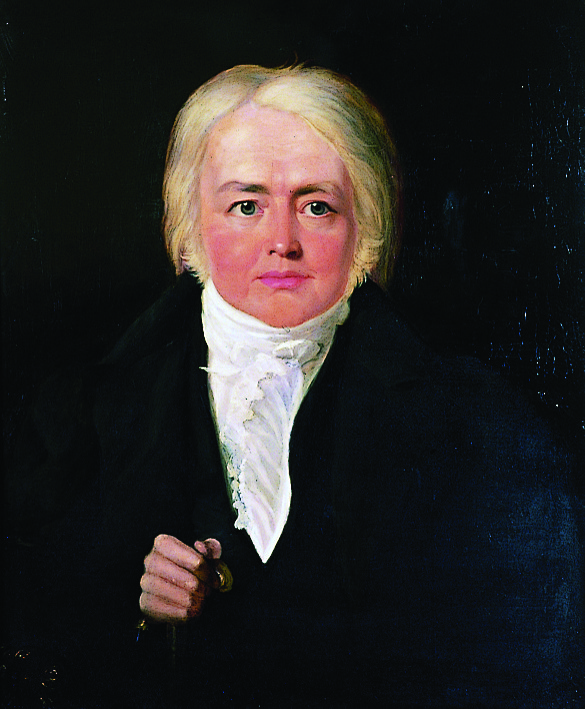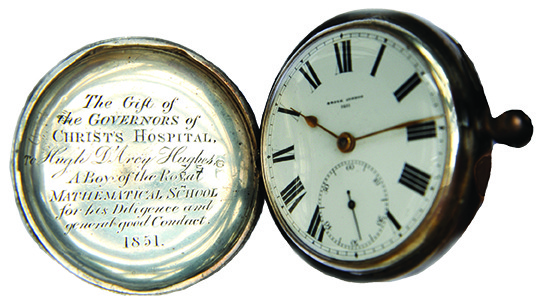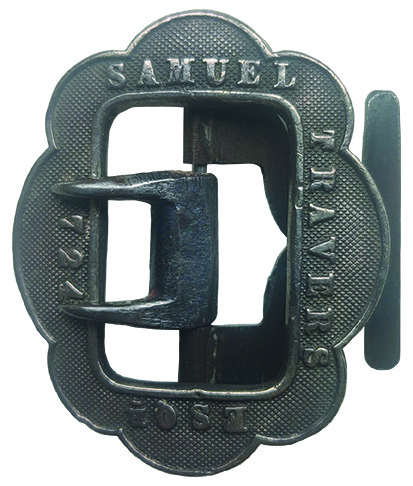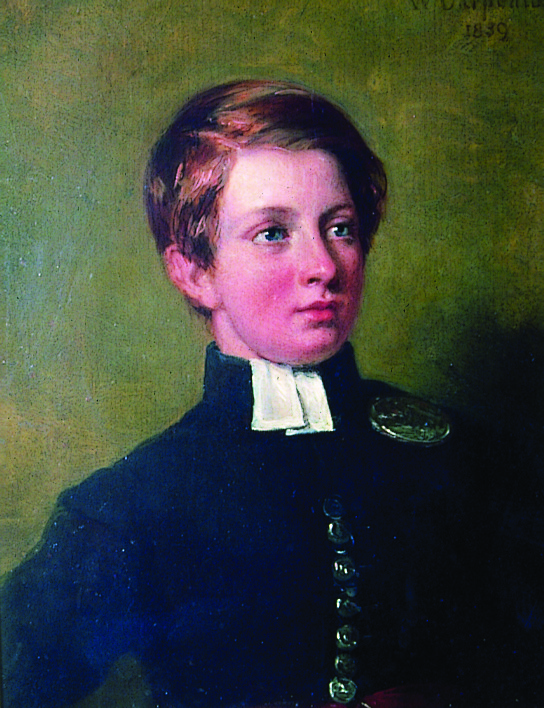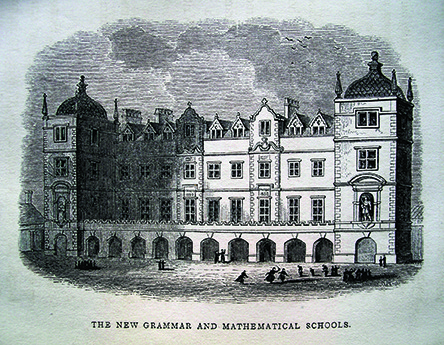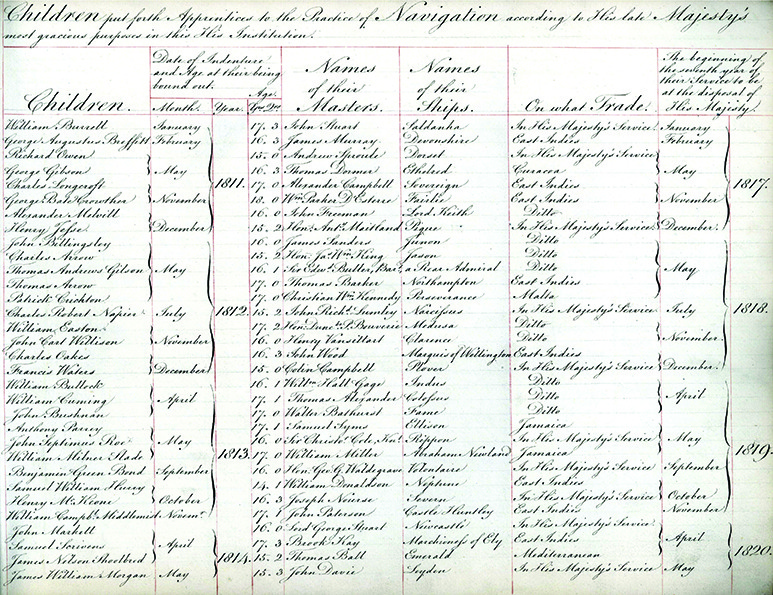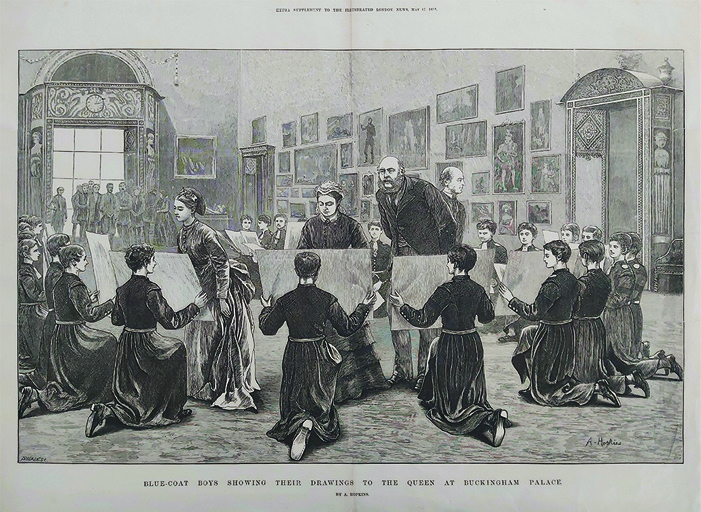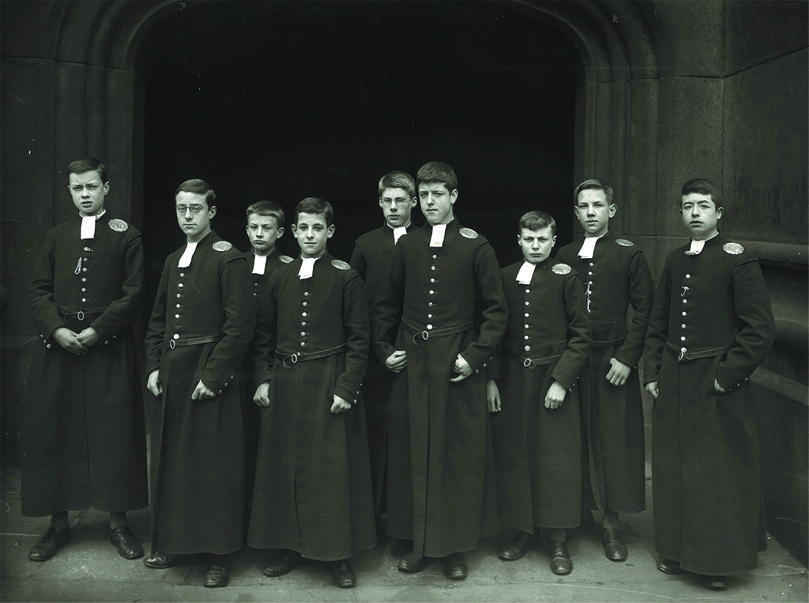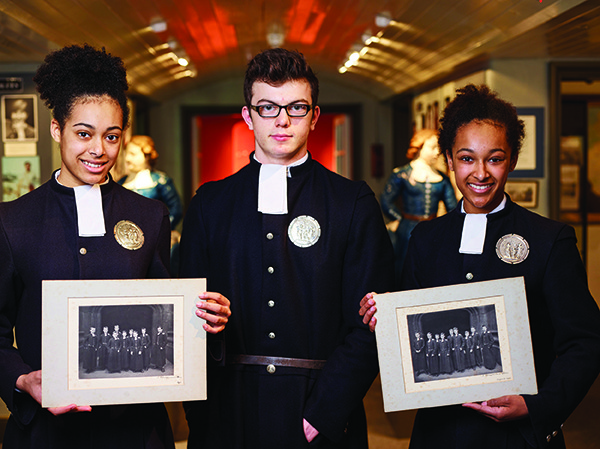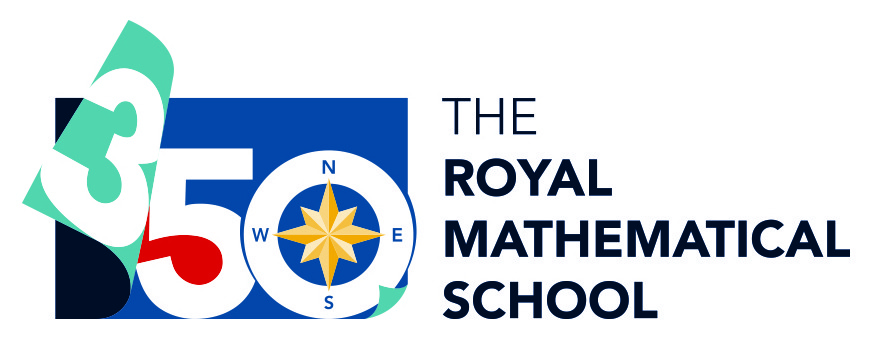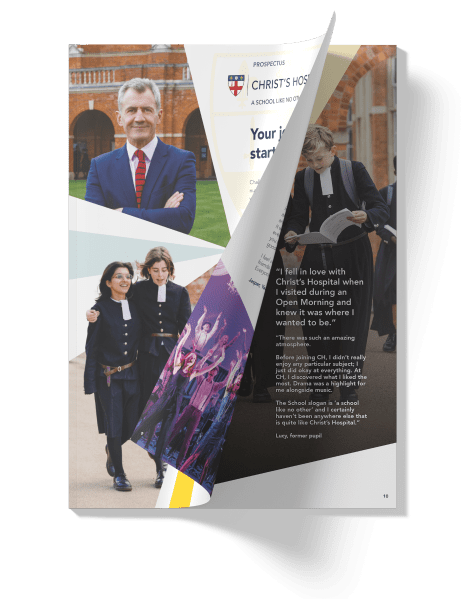-
About CH
Overview
School Life
- Admissions
- Support Us
- Facilities to Hire
- Useful Links
- Contact us
Royal Mathematical School (RMS)
Royal Mathematical School (RMS)
With an incredible journey of exploration that started over 350 years ago in 1673 the Royal Mathematical School (RMS) at Christ’s Hospital has been transforming the lives of its students for generations.
The RMS was established at Christ’s Hospital in 1673 by King Charles ll and went on to be shaped by some of the world’s foremost intellectuals, including Sir Isaac Newton and Sir Christopher Wren. The determination back then was to train children as mathematicians and navigators. It was hoped that this would address the late 17th century need for a stronger maritime presence.
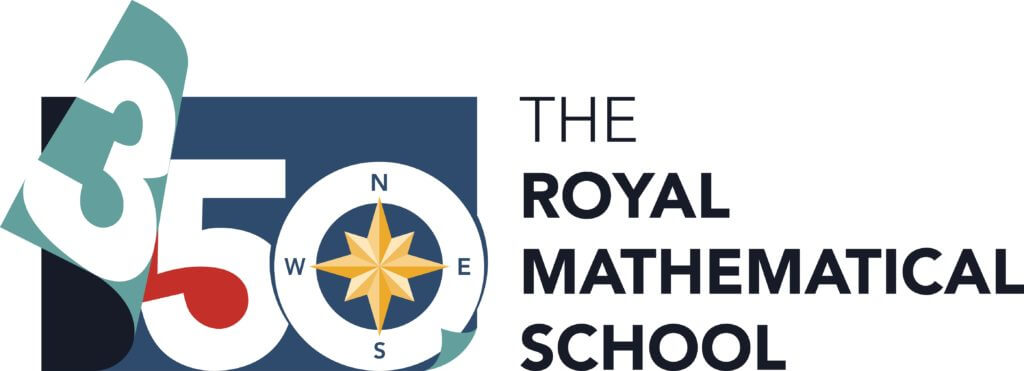
Since its inception the objectives have continued to evolve and change, with thousands benefitting from the RMS’ ethos. It has been a key feature of Christ’s Hospital’s work as the leading charitable school in the country to provide life-changing opportunities for young people from disadvantaged backgrounds, equipping them with the essential skills required to navigate life.
Simon Reid, Head Teacher at Christ’s Hospital, said: “To mark its 350th year, the RMS is launching a new initiative for the 21st Century. Although the call for seafaring skills is not as prominent today, the same spirit of exploration that defined the foundation lives on and we can only imagine the remarkable feats to be achieved by alumni of the future. The new ‘Expedition’ programme will complement the outstanding academic, pastoral and broader curriculum at CH by helping students to develop the skills and self-belief required to make a difference in today’s world. Students who have never previously engaged in expeditionary activities can partake in a new programme of exciting, inspirational and outward-bound adventures to develop their leadership and teamwork skills.”
To find out more about Expeditionary Education at Christ’s Hospital click here
The RMS remains so much more than just mathematics and navigation. It encompasses the subjects of sciences, geography and humanities. But more than that, it is the embodiment of what CH stands for: creating social mobility and opportunities for the academic and life potential of our students. The 350th anniversary of the RMS provides an opportunity to mark not only its long history but the continued impact it and the wider school have on young people and their role in the world of today and tomorrow.
Royal Charter and History of the RMS
At various points in the 17th century, England was at war with its neighbours in Spain, France and Holland. France had successfully established specialist naval colleges to teach seamanship and navigation, contributing to heavy losses at sea for England.
Richard Aldworth had left £7000 in his will to Christ’s Hospital for the education and maintenance of forty boys, but the government held the legacy and the school had had no success in persuading the Treasury to release the funds until 1673, when the RMS was opened by Royal Charter on 19 August 1673. Two years after the foundation of the Royal Mathematical School, the first boys left to begin seven-year apprenticeships with ship captains, with much support from Samuel Pepys who persuaded the government to pay captains for the extra work. Samuel Pepys continued to be closely associated with the Royal Mathematical School throughout the rest of the century, alongside key figures including Sir Christopher Wren, and John Flamsteed, astronomer at the newly built Royal Greenwich Observatory, who gave lessons in astronomy to some of the boys. Even Isaac Newton became involved, when in 1694 he suggested a revised syllabus which was used for a short time. In 1698 two qualified boys were selected by Peter the Great to assist with the teaching in a new school of Mathematics and Navigation in Moscow.
Meanwhile, a very large framed commemorative painting by Antonio Verrio had been completed and installed in the main hall of the school which was then in Newgate Street in the City of London. This painting was transferred to the Dining Hall of the new school at Horsham which was opened in 1902 and it is one of the features of the current Verrio tours for the public.
RMS students were distinguished from others by a silver badge, designed by Robert Hooke, on the left shoulder of their uniform. This was the first ‘presentation badge’ at CH, many of which continue to be worn today. Every year, 40 boys were taught maths, physics, astronomy, navigation, geography, map reading, technical drawing and calligraphic writing, in readiness for Trinity House exams when they reached 16.
As well as famous alumni, it attracted influential teachers, including William Wales, Master of the RMS in the late 18th century. Wales had been an astronomer for Captain James Cook on a voyage to the Antarctic, and his teaching had a major impact on the students, perhaps most notably the great Romantic poet, critic and philosopher Samuel Taylor Coleridge, famous for his later poem Rime of the Ancient Mariner.
Between 1673 and 1887, when records end, just over 2,000 boys were trained as navigators in the RMS. Since then, thousands more have benefited, as the ethos of the RMS has continued to drive Christ’s Hospital’s work as the leading charitable school and a pioneer in social mobility.
350 years of the Royal Mathematical School
Go to the beginning
Go to the present day
